In the fast-paced beat of modern living, maintaining a well-organized apartment isn’t just about tidiness — it’s a gateway to a comfortable living space. Whether you’re a seasoned minimalist or just beginning your journey to declutter, mastering the art of apartment organization can transform your home into a productive environment.
From maximizing storage solutions to embracing minimalist principles, these 18 expert tips will guide you through practical strategies to streamline your space, enhance functionality, and cultivate a harmonious environment that reflects your unique lifestyle and preferences. So whether you are renting an apartment in Philadelphia, PA, or a townhouse in Jersey City, NJ, get ready to dive into the essential strategies that experts swear by for achieving a perfectly organized apartment.
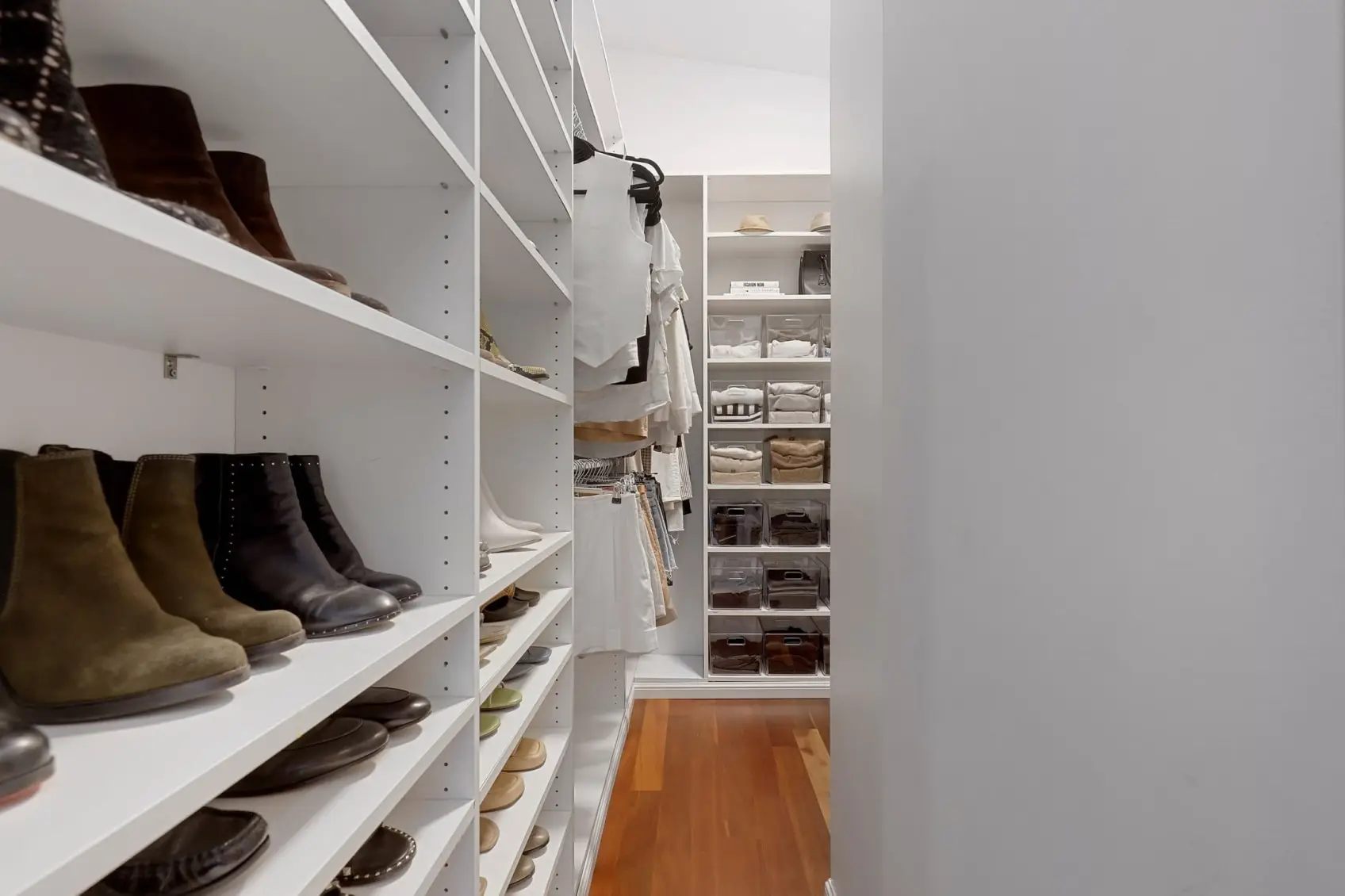
1. Start Simply
Starting simply is important because it prevents feeling overwhelmed and ensures that you can maintain momentum without getting discouraged. Starting small allows you to make steady, manageable progress one step at a time.
“No one likes the idea of taking on the entire home at once. It’s simply daunting and unmanageable. So, my first step advice is to start simply,” says A+ Clutter Clearing of Boca Raton, FL. “By doing so, you’ll find early success which helps you build momentum for another task.”
Some examples of a simple start include a bathroom drawer, linen closet, laundry room, or kitchen junk drawer.
2. Utilize “point of use” storage
“Point of use” storage refers to the practice of storing items as close as possible to the location where they are used. This method is convenient ensuring that everything you need for a specific task is within easy reach.
Professional-Organizer.com is a firm believer that the term “point of use” storage makes living in an apartment easier. They say, “store items where these are used, whether in a cabinet or cart, in your home.’ You can store office and school supplies in your designated home office space, linens in the bathroom adjacent to that room, and cleaning supplies under each sink. This way you always have access to what you need when you need it.”
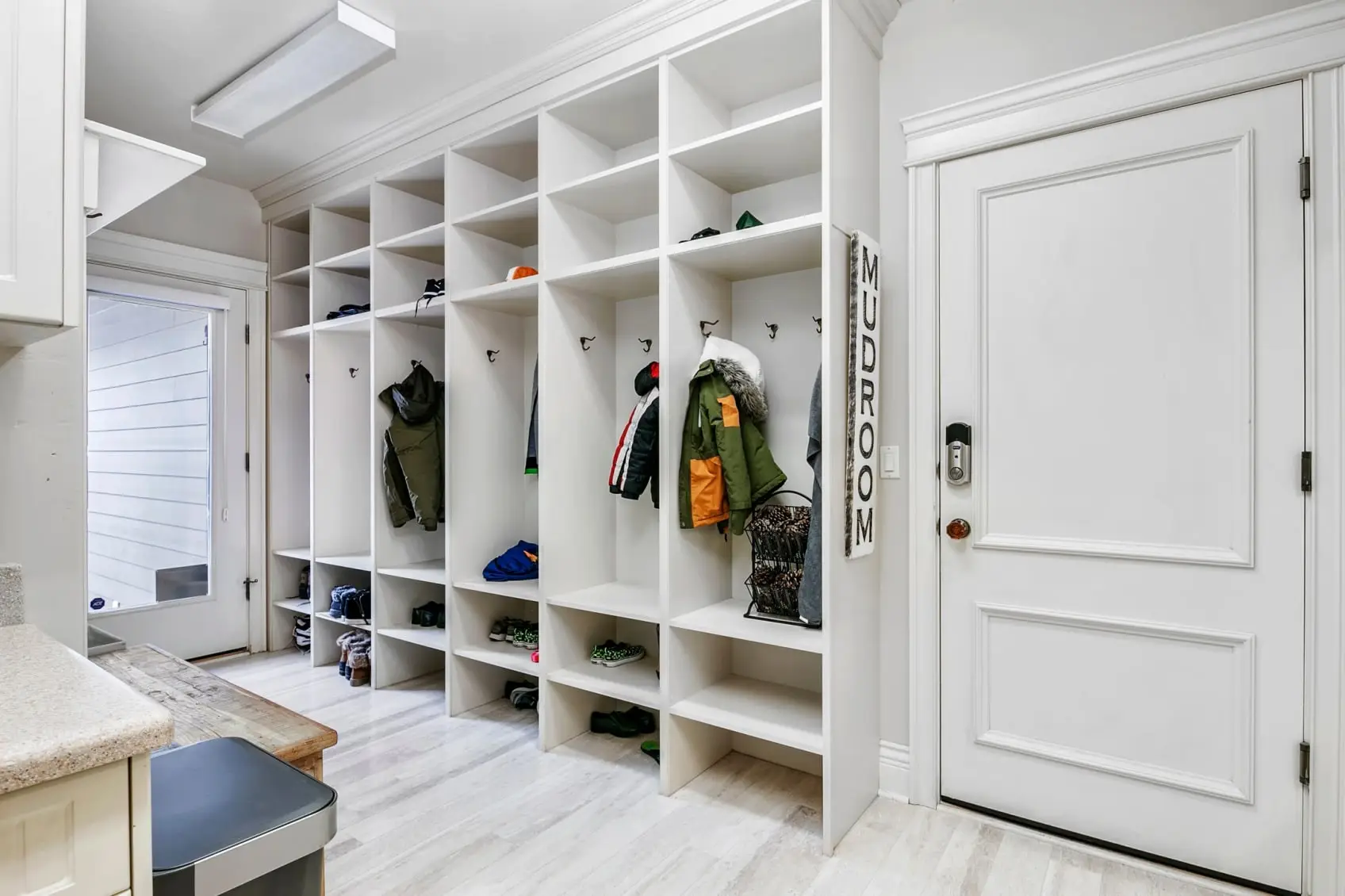
3. Vocalize why you are keeping items or donating them
Vocalizing why you are keeping or donating items helps clarify your intentions and reinforces your decision-making process, making it easier to stay focused and committed to your organization goals.
“As you sort through your clothing, vocalize why you are keeping the items or donating it, remarks The Clutter Curator. “We find it’s so helpful to hear the ‘why’ and it will either validate why you are keeping it or, you might hear yourself and laugh a bit and actually donate the item. Our clothing holds a lot of stories, use this time to relive them and let them go.”
4. Store things vertically
Storing things vertically maximizes your available space by utilizing the often-overlooked height of a room.
“Storing things vertically in drawers will give up to 30% more storage space as opposed to laying things down flat,” shares Kate of Home Love Method. “If your apartment is small, this will allow for maximum storage and you’ll be able to find your things easier.”
5. Tuck things away in cabinets, closets, and drawers
Tucking things away in cabinets, closets, and drawers helps create a clean and uncluttered living space.
“Apartments can feel small and when surfaces are full it can make them feel even smaller. If possible, try to tuck most things away in cabinets, closets, and drawers,” recommends Call Kate Tidy.
6. Try the “one in, one out rule”
The “one in, one out” rule is an effective strategy for maintaining organization by ensuring that for every new item brought into your home, an existing item is removed.
Jennifer A Dwight Ideal Organizing + Design says, “To keep your closet organized, use the ‘one in, one out’ rule. For instance, when considering purchasing a new pair of shoes, decide which pair you already own will be donated or discarded. By being diligent about this, your closet will stay clutter-free.”
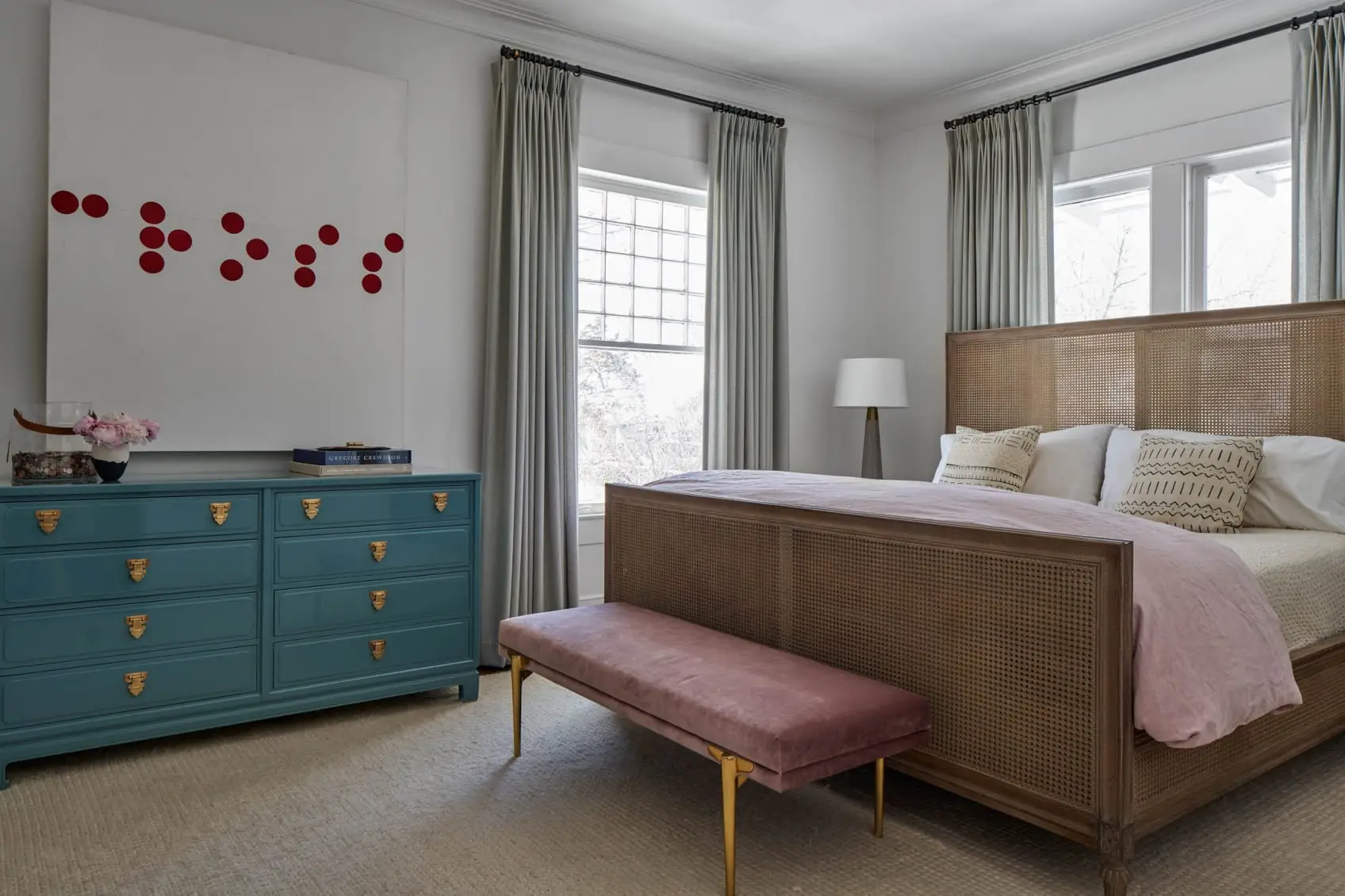
7. Purchase dual-purpose furnishings
Purchasing dual-purpose furniture is a smart way to maximize space in your apartment by combining functionality and storage.
“Get multi-functional storage solutions. Any furniture that offers extra storage is a plus. Think beds that have built in drawers and ottomans that have extra storage,” states Pretty Neat.
“Dual-purpose furnishings are the unsung heroes of apartment organization,” raves Organized by Keli based in Denver, CO. Sofa beds, storage ottomans, and nesting tables deliver a one-two punch, ensuring you make the most of your limited real estate without sacrificing style or comfort.”
Introduce a storage ottoman that serves as both seating and a concealed space for blankets, magazines, or toys. This versatile furniture piece minimizes visible clutter and offers extra seating for guests,” adds Organize with Lia.
8. Turn hangers backward in the closet
Turning hangers in the closet backward is a simple yet effective method to identify which clothes you actually wear.
“Turn your hangers backward in your closet. After wearing an item, return the hanger to its normal direction. At the end of the season, you can quickly see what items you have not worn. Consider letting those items go,” recommends Ever So Organized.
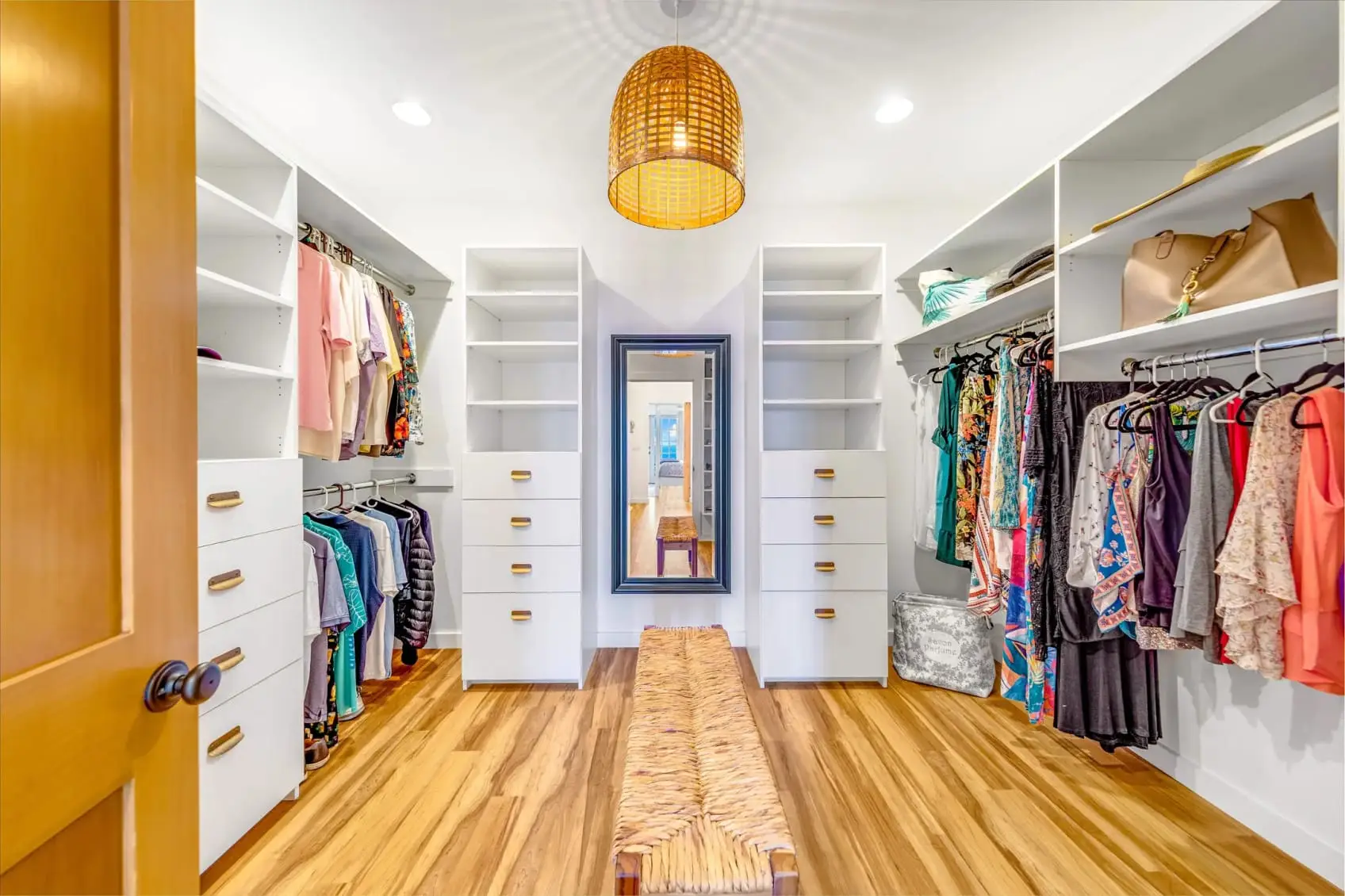
9. Set up a charging station for devices
One of the more challenging things to organize in a home is all the electronic devices, such as phones, tablets, and smartwatches.
“Not only are they always on the move, but they also come with a lot of expensive accessories that can easily get lost. To avoid having these accessories as well as cords spread out all over your home, create a charging station in a centralized area, so that you always have a place to park those devices when not in use,” recommends The Swedish Organizer
10. Add a rolling cart
Adding a rolling cart to your apartment provides portable storage that can be easily moved around as needed.
Organized Calm says, “Incorporate a slimline rolling cart for versatile, mobile storage in your bathroom. Use it to hold toiletries, cleaning supplies, or extra towels, ensuring everything is easily accessible. When guests visit, simply roll the cart out of sight to keep the bathroom looking neat without sacrificing functionality.”
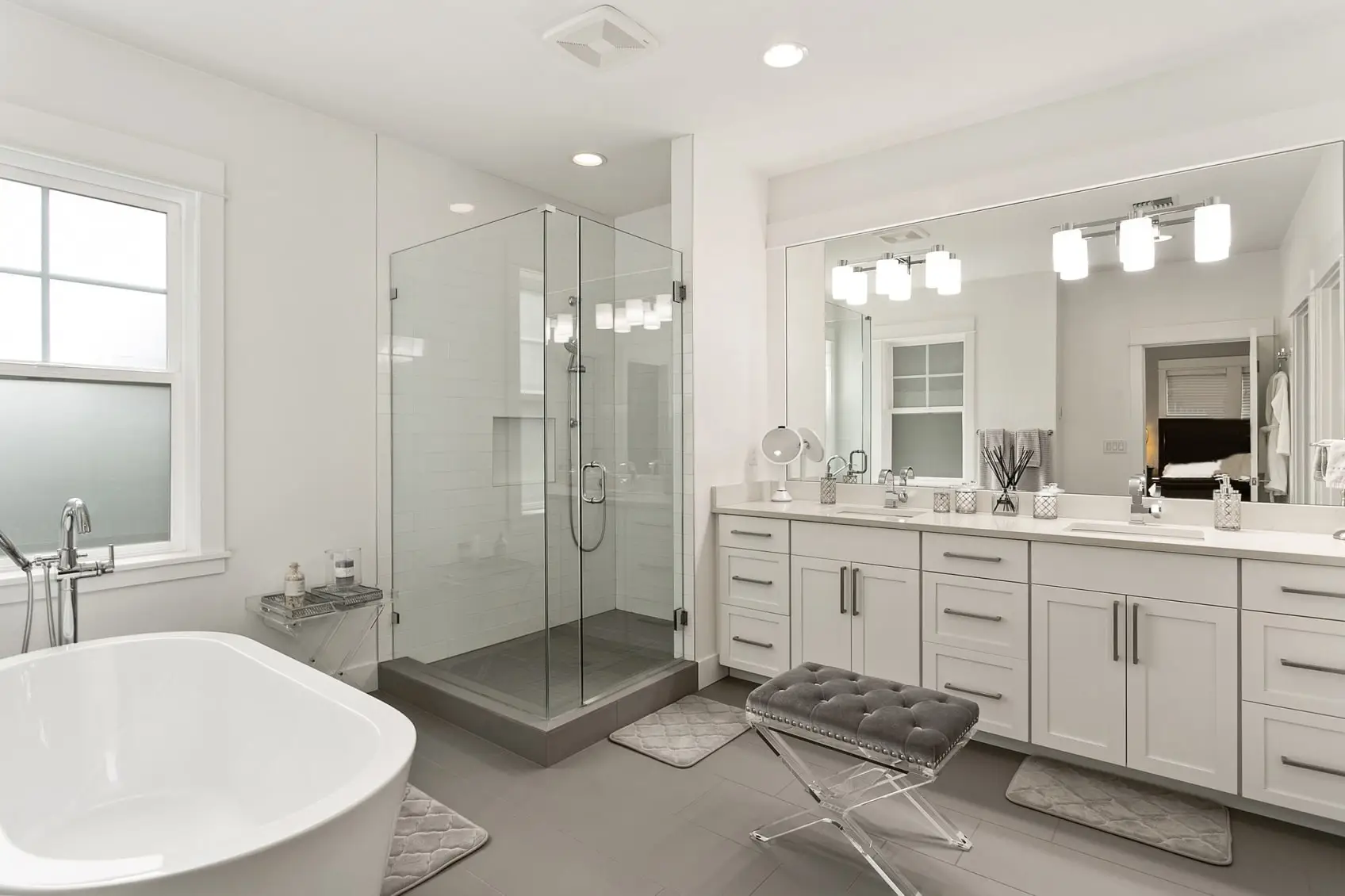
11. Take your best notes in the shower
Have you noticed how often you get a great idea or think of something to add to your ever-growing to-do list when you’re showering with no way to write it down?
Oh So Organized shares, “A simple and effective organizing solution is to affix (using suction cups) a waterproof notepad and pencil inside the shower.”
12. Store products in different spots
“A common organizing mistake with small bathrooms is to store all of one product in the same spot,” notes Nonnahs Driskill of Get Organized Already in Pasadena, CA. For example, if you have three tubes of toothpaste, store the extra two in what I call a “drugstore drawer,” which will probably be in a different area of the apartment. You can even put all but one extra roll of toilet paper in another spot.”
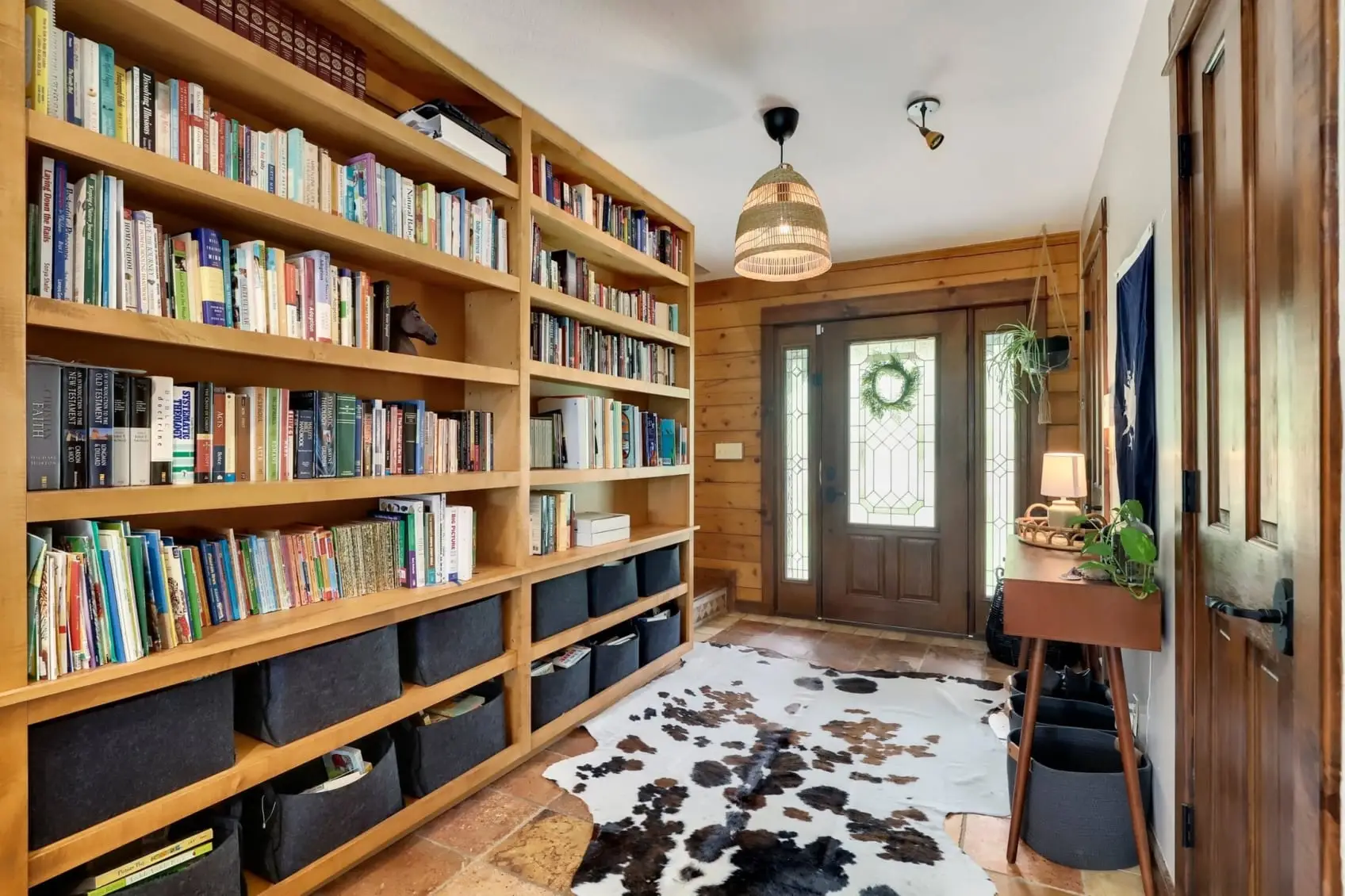
13. Use the back of doors
Using the back of doors for storage adds valuable space to your apartment that is often overlooked.
Kate Bosch Professional Organizing remarks, “When organizing a small space like an apartment, don’t forget to use the backs of doors. Hang a clear shoe pocket organizer on this often-overlooked space to hold small gadgets in the kitchen, toiletries, and washcloths in the bathroom, accessories near the front door, cleaning products in a storage closet, small toys in a child’s room, and shoes in your clothes closet.”
14. Use the most valuable spaces wisely
Using the most valuable spaces wisely in your apartment involves prioritizing storage in areas that are both accessible and versatile.
“With any size space, the key to maintaining order and organization is to not have too much stuff,” says Life with Less Mess. “If your apartment is feeling messy or chaotic, before you start organizing, start decluttering. When you have limited real estate, be sure to use the most valuable spaces wisely. The most-accessible cabinets should have the items you use most often. The same applies to drawers and shelves. Put items you use less often in harder to reach spots so they won’t be in the way during day-to-day.”
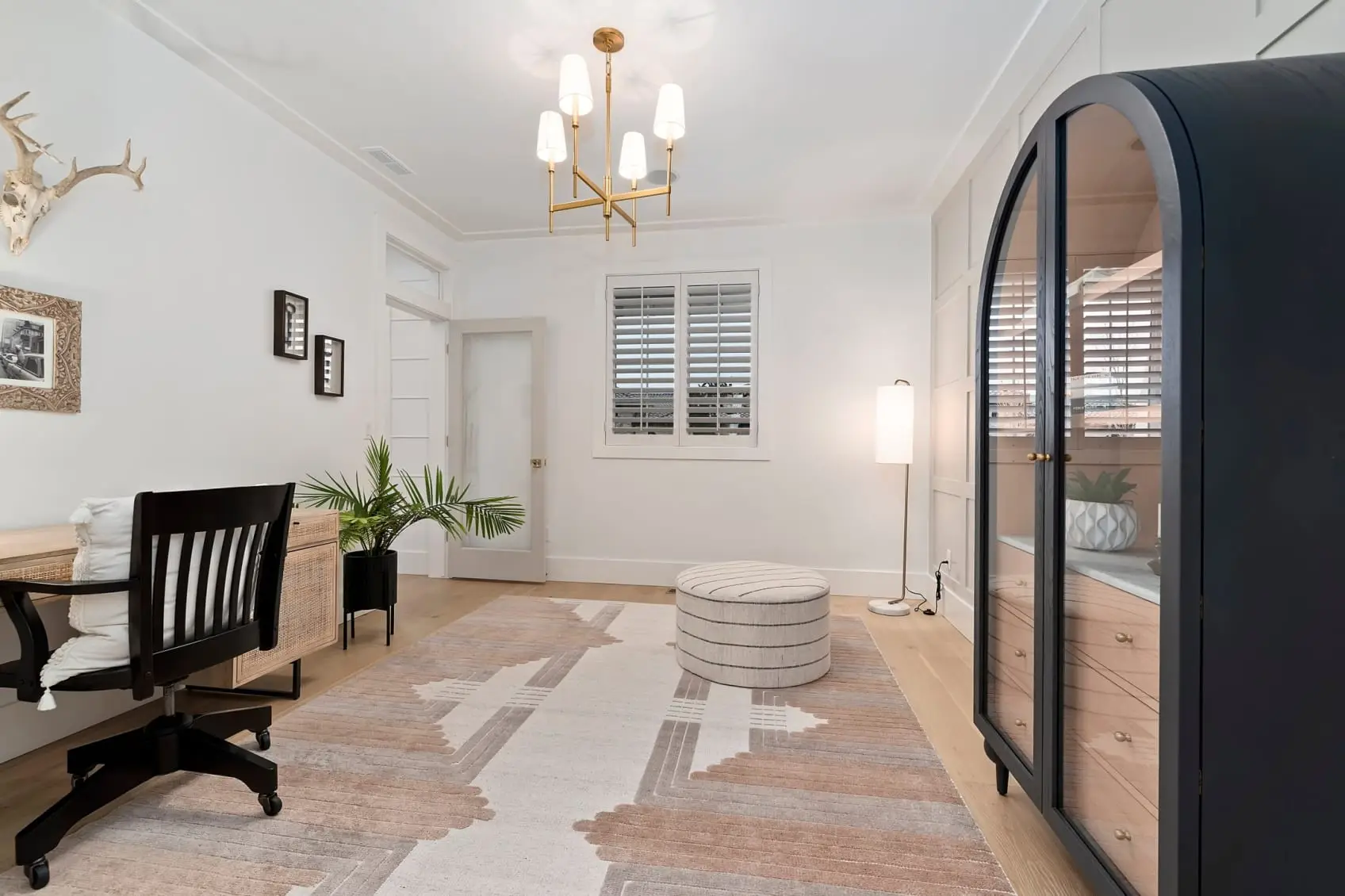
15. Create categories and add like with like
Creating categories and grouping like items together simplifies organization and enhances efficiency in your apartment.
“This step assists in seeing how much of one category there might be. Bonus, it might aid in removing a few pieces that are unwanted or discovery of ones that might have been forgotten about,” states Organized Simplicity.
“Keep similar items together for easy access. This means mixing bowls stacked in a cupboard, serving platters stored vertically or in a designated area, canned food arranged by type or frequency of use, spices on a spice rack or drawer organizer, or tupperware stacked with their lids in a nearby bin,” adds KAOS Group.
16. Always remember that “less is more”
Remembering that less is more when organizing your apartment encourages a minimalist approach that focuses on quality over quantity. The best part about living in an apartment and trying to stay organized is that many times you have to live simply due to limited storage space.
“The old mantra of ‘less is more’ is never more applicable than in an apartment where you need things to be multifunctional, like appliances that have dual purposes to minimize taking up too much space, or decorative baskets that serve as design pieces but ultimately help hide your things. This can be accomplished in every room of the house to help save space and stay organized,” shares Decluttered LLC.
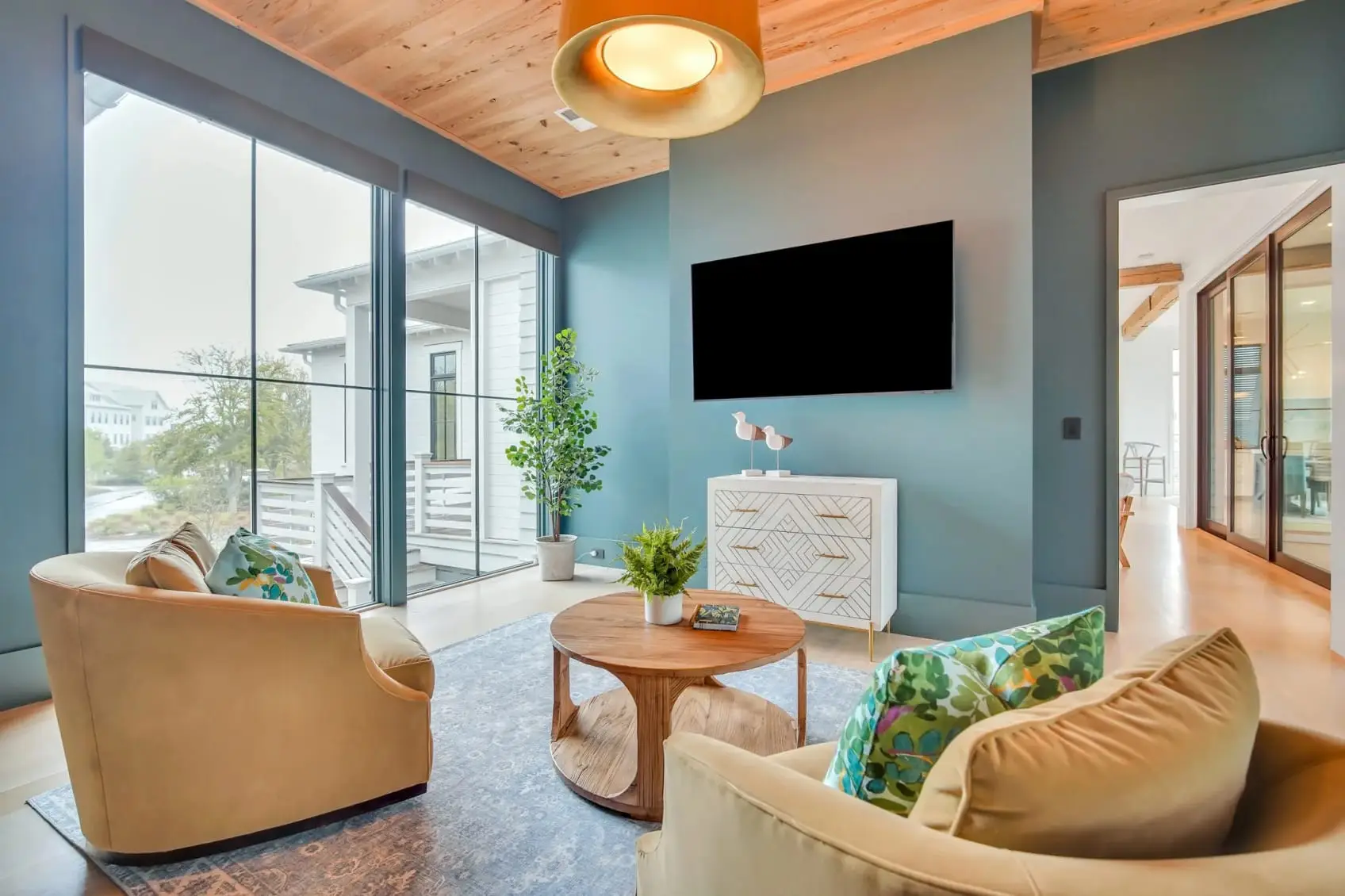
17. Designate drop zones
Designating drop zones in your apartment establishes specific areas where items are consistently placed upon entering.
Charlottesville Organizing remarks, “Designate specific areas in your home as drop zones for frequently used items such as keys, mail, coats, or bags. This prevents clutter from spreading throughout the house to ensure that essential items are easily accessible when needed. Consider using specific tools like bowls for keys, hooks for coats, or bins for pet items to enhance functionality for these zones.”
18. Let go of the past and keep an extra hamper for donation items
Letting go of the past and keeping an extra hamper for donation items allows you to efficiently separate belongings you no longer use or need.
“Letting go of the past is key to getting organized,” says Tonia Cordi. “Often we hold onto past experiences of not having enough, or the fear of ‘what if’ which keeps us attached to physical belongings, beliefs and thoughts that create clutter in our lives. Before getting started in a room, ask yourself what am I holding onto from the past that is stopping me from letting go and living in the present.”
Once you’ve reflected on what you need to give up. Start by keeping an extra hamper for donation items.
“One system that I always like to set up for clients in their closets is having an extra hamper in their bedroom or closet that is designated just for donation items. Having the extra hamper labeled ‘donations’ already set up, makes it easy for us to make that quick decision of donating when we don’t like something. Rather than trying on a shirt, not liking it, then throwing it back in your closet or drawer, why not throw it in the donation basket right away? Then, when the basket is full, all you have to do is take the garbage bag out and drop it off at the donation center,” shares All About Organizing.

